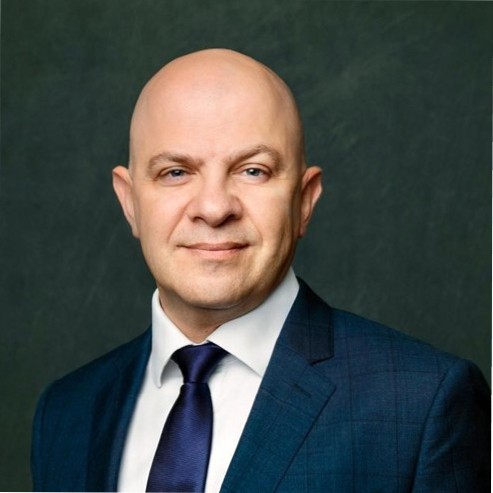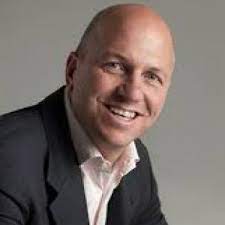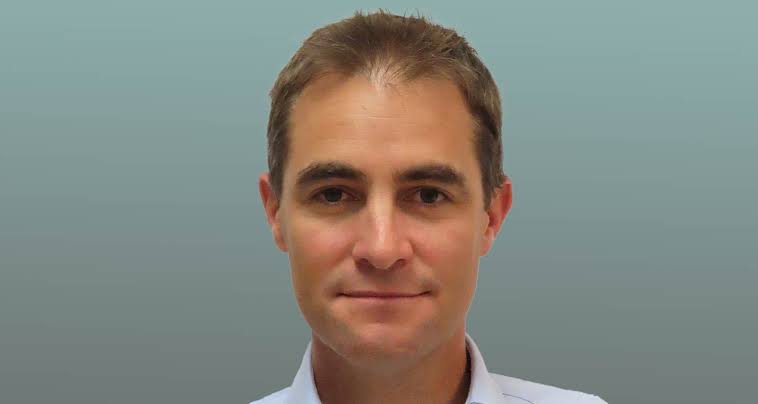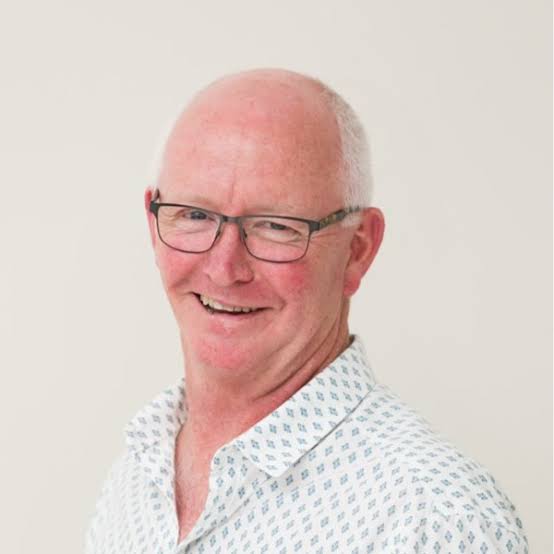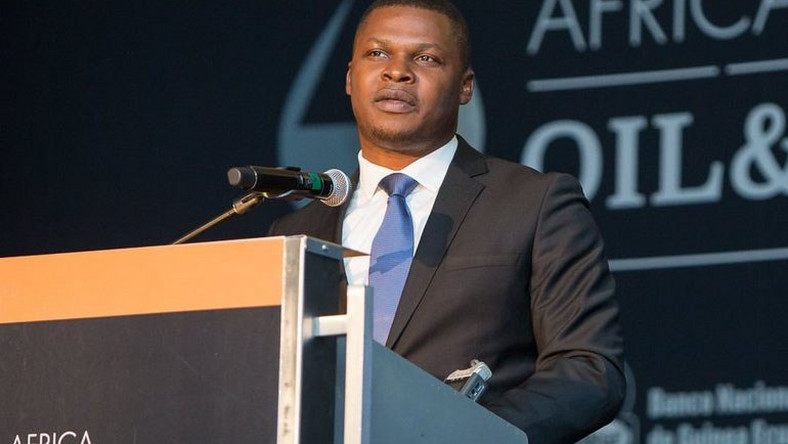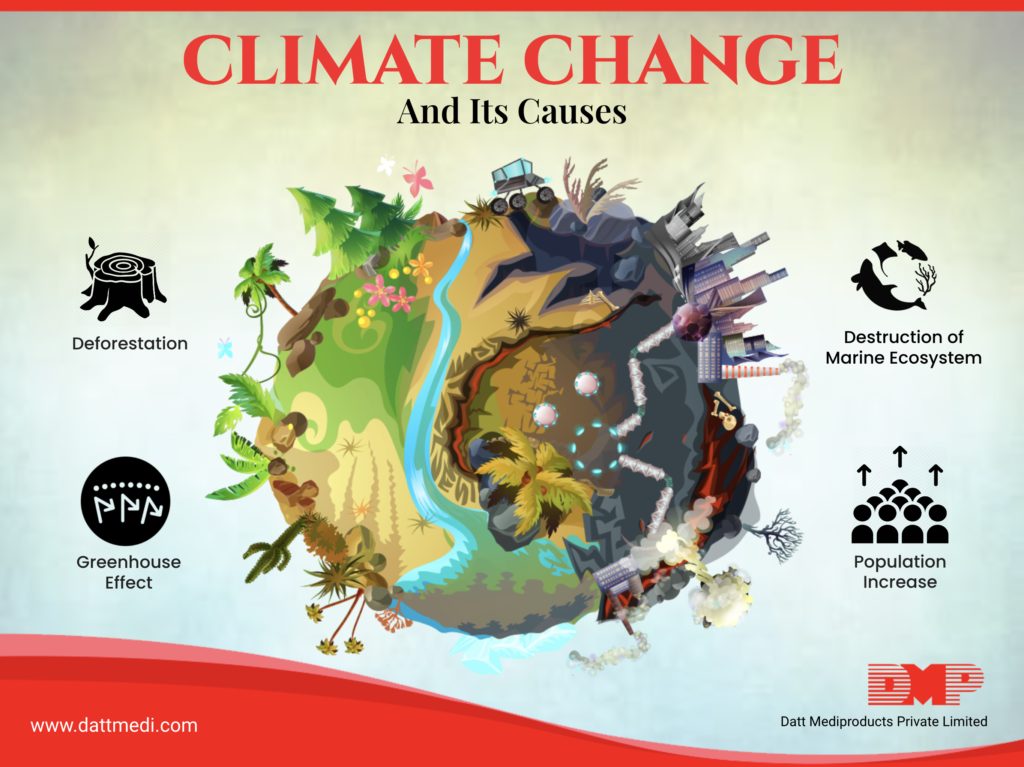Stellantis Invests 3 Billion in South Africa, Establishing State-of-the-Art Automotive Plant in Coega
Stellantis has confirmed its intention to develop a greenfield manufacturing facility in Coega in South Africa with the Industrial Development Corporation (IDC) and the Department of Trade, Industry and Competition (the dtic)
Stellantis MEA COO Cherfan and SA Minister of Trade, Industry & Competition Patel shake hands on a new manufacturing plant in South Africa; Rapid progress has been made since the MOU signing in March 2023 with the Industrial Development Corporation (IDC) and the Department of Trade, Industry and Competition (the dtic); this bold initiative reinforces Stellantis MEA Region’s Dare Forward 2030 ambition to sell one million vehicles by 2030 with 70% regional production autonomy.
Stellantis has confirmed its intention to develop a greenfield manufacturing facility in Coega in South Africa with the Industrial Development Corporation (IDC) and the Department of Trade, Industry and Competition (the dtic). Minister Ebrahim Patel, senior officials from the IDC and Mr. Samir Cherfan, Stellantis Middle East and Africa Chief Operating Officer met at the Parliament Buildings in Cape Town to agree on investment in the South African motor industry.

“It is a wonderful day for all South Africans when a global company of Stellantis’ proportions decides to expand its manufacturing footprint in South Africa, to assemble completely knocked down units,” said Mr. Ebrahim Patel, Minister of Trade, Industry and Competition. “South Africa currently has the capacity to produce close to 700 000 vehicles annually. This will add considerable additional capacity, just as we prepare to implement the African Continental Free Trade Area. The country remains a great investment destination and this commitment from Stellantis to invest in our local motor industry highlights the success of our manufacturing sector policy, its capability and potential. We look forward to welcoming Stellantis to South Africa and sharing in the detailed plan for employment and investment”.
Read also : Ghanaian Agritech Startup Complete Farmer Raises $10.4 Million in Funding
“We are delighted with the speed at which we are progressing on this project, thanks to the commitment of Minister Patel and the great collaboration with IDC, CDC and dtic teams,” commented Samir Cherfan-Chief Operating Officer Stellantis Middle East and Africa. “This project reflects our focus and trust in South Africa as one of the most important markets in Africa & Middle East. It is also the execution of our Dare Forward 2030 Strategy to reach over 22% Market Share in the region by 2030 with 70% regional localization of our sales leading to over 1 million units produced. We believe in South Africa and we intend to develop industrially and commercially bringing value to our customers”.
The manufacturing plant will be built in the South African Special Economic Zone (SEZ) in Coega situated near Gqeberha in the Eastern Cape province of South Africa. The greenfield manufacturing project is planned to complete by the end of 2025. The first launch planned early 2026 is a 1 T pick-up truck with volumes expected to reach up to 50,000 completely knocked down (CKD’s) units annually including export, in line with the industry masterplan, known as the Automotive Production Development Program (APDP). The plant will be predisposed in terms of space and painting to go up to 90K units / year.
Direct employment to support the first capacity step is expected at 1000 jobs. Stellantis will be massively investing in over 500 000 hours in training and skills to develop and support the local teams to the level of global standards. We are targeting a localization rate over 30%.
“The Coega Development Corporation (CDC) is enthralled for Stellantis to have chosen the proposed site in Coega for their Southern African manufacturing operations. Joining other major manufacturers in the area makes the Coega region the primary automotive hub in the country. The investment in the plant, employment, training and skills transfer will certainly benefit the region tremendously. “This is a much needed and welcomed economic boost for the Eastern Cape Province with an anticipated economy wide impact on the province’s GDP of R 664 million. Household income is anticipated to increase to R558.4 million within the Nelson Mandela Bay Municipality (NMBM) and R577.4 million for the entire Province. Most importantly, an anticipated 1800 jobs will be created in the Metro and around 2 097 for the EC Province,” said Khwezi Tiya, CEO the CDC.
Read also : Digital Payment Service PayShap Closes in on a Million Transactions
Stellantis continues to work closely with the IDC in developing a viable joint venture (JV) partnership that will be evaluated by appropriate credit committees. “Stellantis’ success with similar manufacturing plants around the world is well-known and our planned JV with Stellantis to build another greenfield plant in South Africa is progressing well. The investment is in line with IDC’s intent to drive investment that supports the development of the regional automobile value chain,” said Mr. TP Nchocho, CEO of the IDC.
Kelechi Deca

Kelechi Deca has over two decades of media experience, he has traveled to over 77 countries reporting on multilateral development institutions, international business, trade, travels, culture, and diplomacy. He is also a petrol head with in-depth knowledge of automobiles and the auto industry

